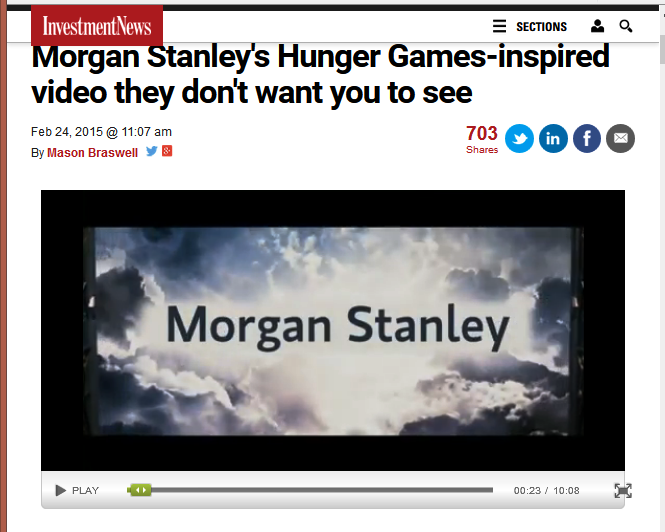
Brokerdealer.com blog update is courtesy of Think Advisor. With a push for more transparency in the brokerdealer industry, profit centers are being exposed.
There’s nothing wrong with broker-dealers being profitable, but how those profits are obtained could use a good dose of disclosure. Representatives deserve to know that what they are paying is a true cost and what they are receiving is the best possible commission from a vendor.
First, let’s look at the profit centers that are relatively obvious to reps. In addition to the spreads broker-dealers receive from payout grids, there are two other primary sources of broker-dealer profit: revenue sharing and markup.
REVENUE SHARING BETWEEN BDS AND VENDORS
Revenue sharing happens between the broker-dealer and the product vendors, so it’s of little concern to reps. For example, on mutual funds and variable annuities, broker-dealers will negotiate with vendors to earn basis points (bps) on assets or sales of products their reps sell.
Broker-dealers will typically make 1 to 10 bps on either assets or sales of products, with small firms making only 1 or 2 bps and larger firms making 8 or more. Larger firms also have the ability to make these basis points on both assets and sales as they leverage their scale to obtain more.
On REITs and alternative investments, BDs earn between 1% and 1.5% extra in commissions on those product sales, which is called “marketing reallowance.” You may have noticed the increasingly large REIT and alts presence at BD conferences over the last five years—it’s simply because these vendors are currently willing to spend more to get in front of reps.
MARKUP CHARGES ON CLEARING FIRM COSTS
Markups, such as ticket charges, are something that representatives recognize as a profit center when they look at their various costs and see that firms differ on what they charge for them. It may not be apparent how much the markups are, or how extensively the costs incorporate overall costs, but reps recognize that there is a spread between clearing firms’ costs and what broker-dealers charge the representative.
For example, a clearing firm commonly charges $1 for postage and handling fees, and the broker-dealer charges between $4 and $7. A stock ticket charge from the clearing firm may be $9, but they charge the rep $19. BD scale is a primary factor in how low a firm is able to negotiate with the clearing firm: Small broker-dealers may be able to negotiate perhaps $12 from the clearing firm on stock ticket charges, while a large broker-dealer can negotiate down to $5.
For the rest of the article on ThinkAdvisor, click here.
 BrokerDealer.com blog update courtesy of extract from eFinancialCareers.com profile of Goldman Sachs foray into displacing Bloomberg LP’s dominance of chat and instant messaging tools used by brokerdealers throughout the world via
BrokerDealer.com blog update courtesy of extract from eFinancialCareers.com profile of Goldman Sachs foray into displacing Bloomberg LP’s dominance of chat and instant messaging tools used by brokerdealers throughout the world via 

